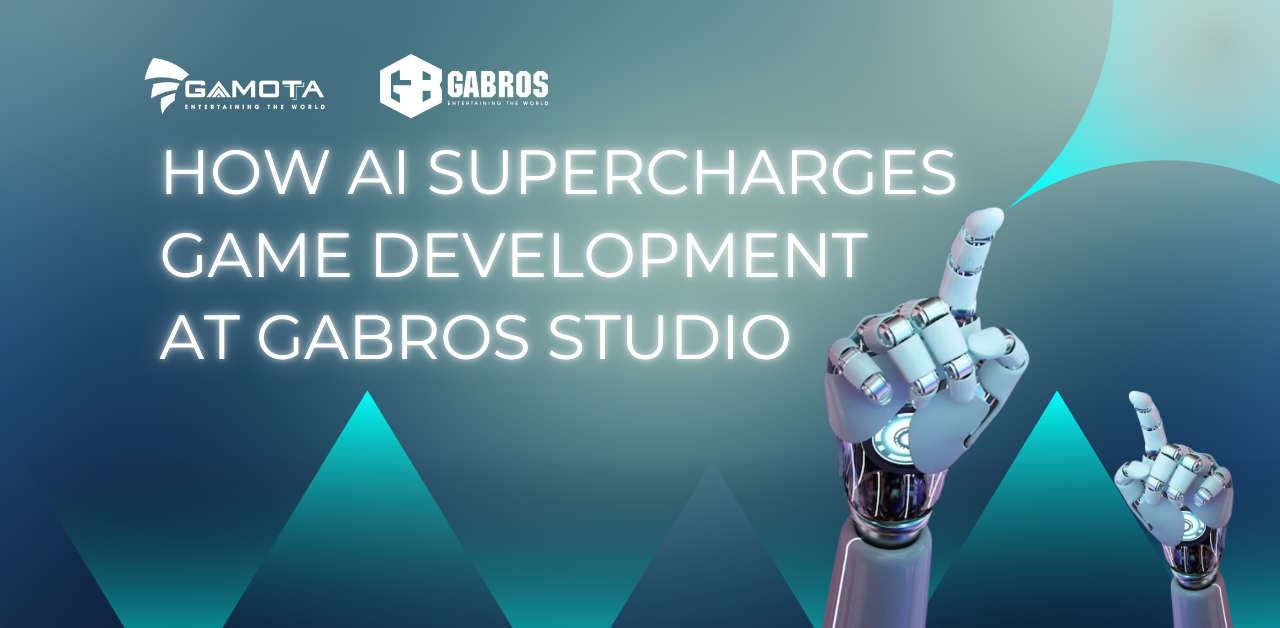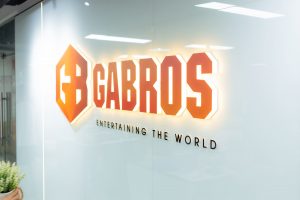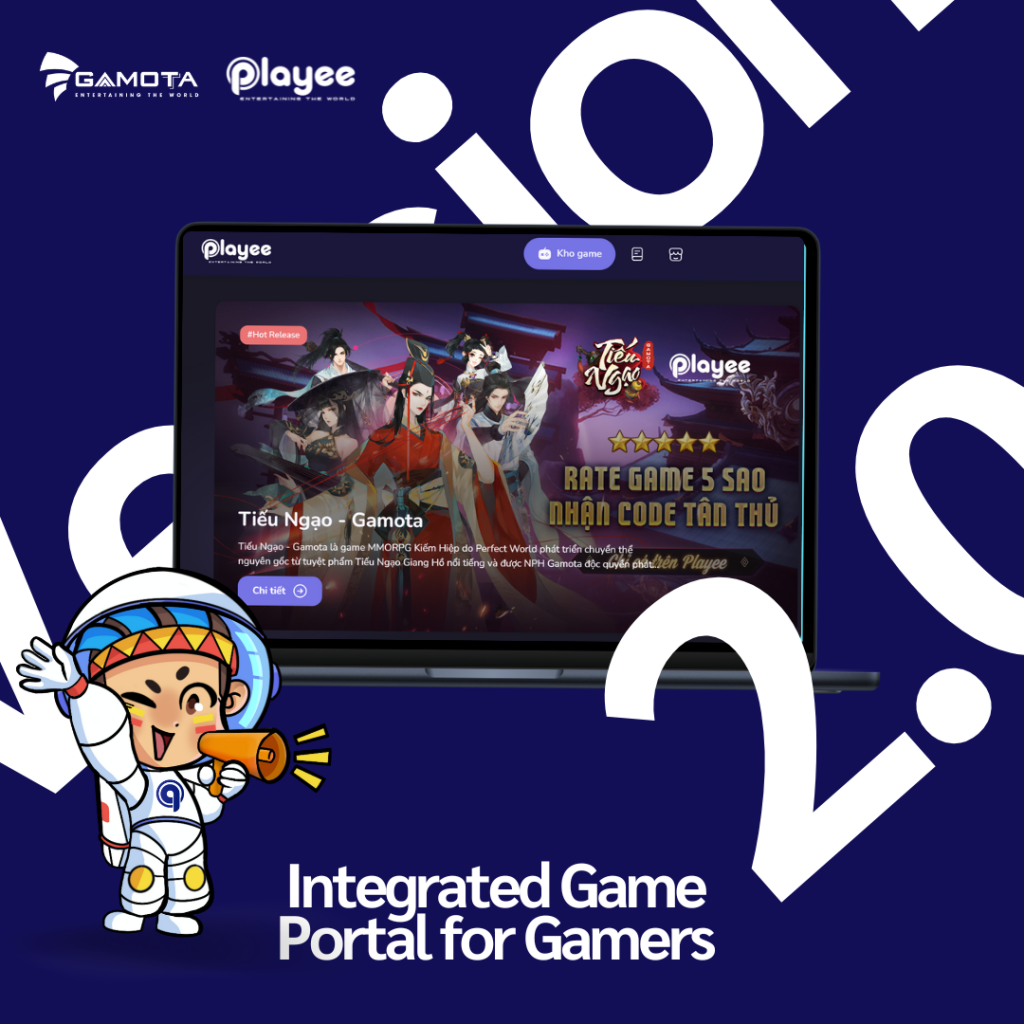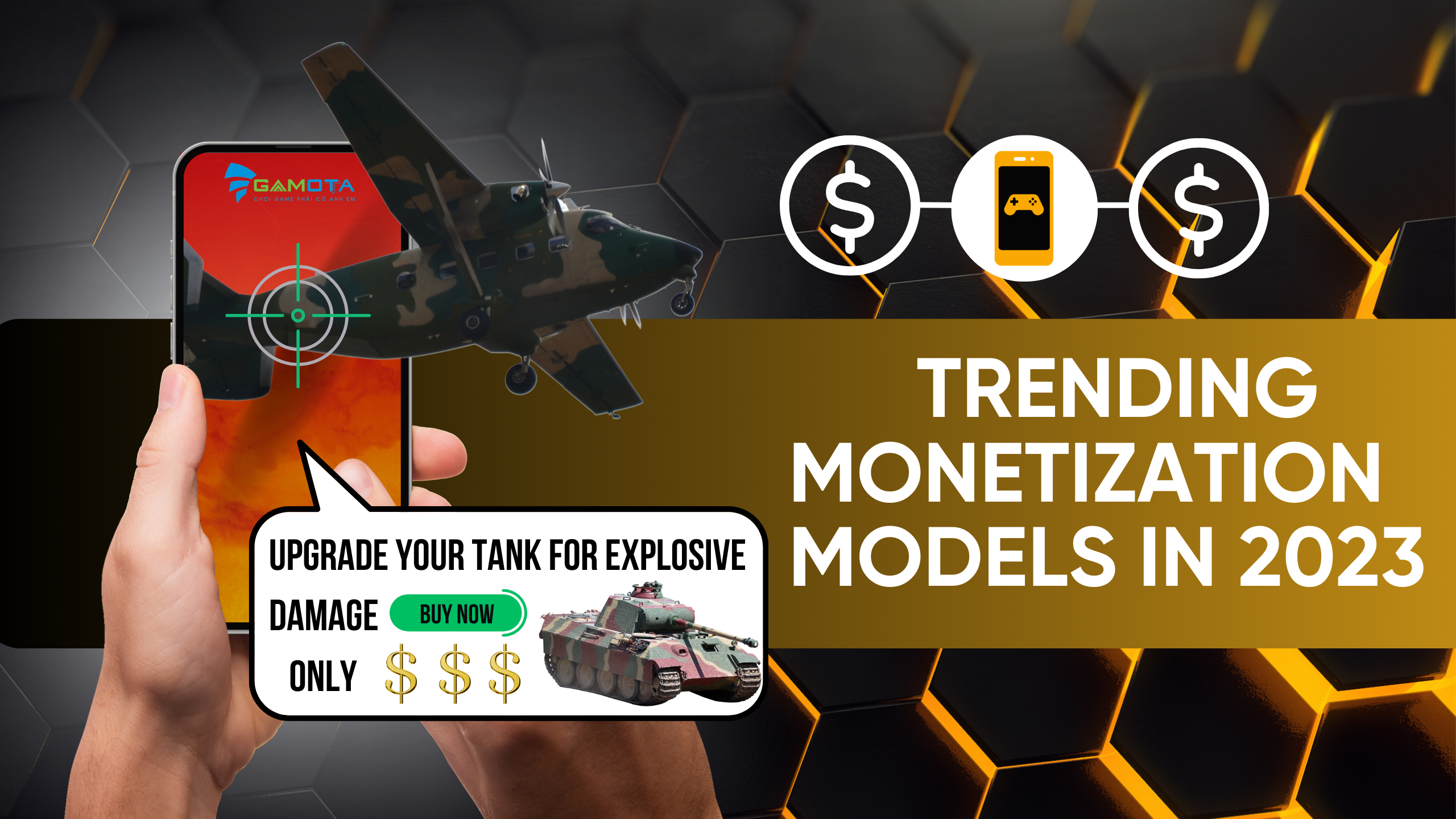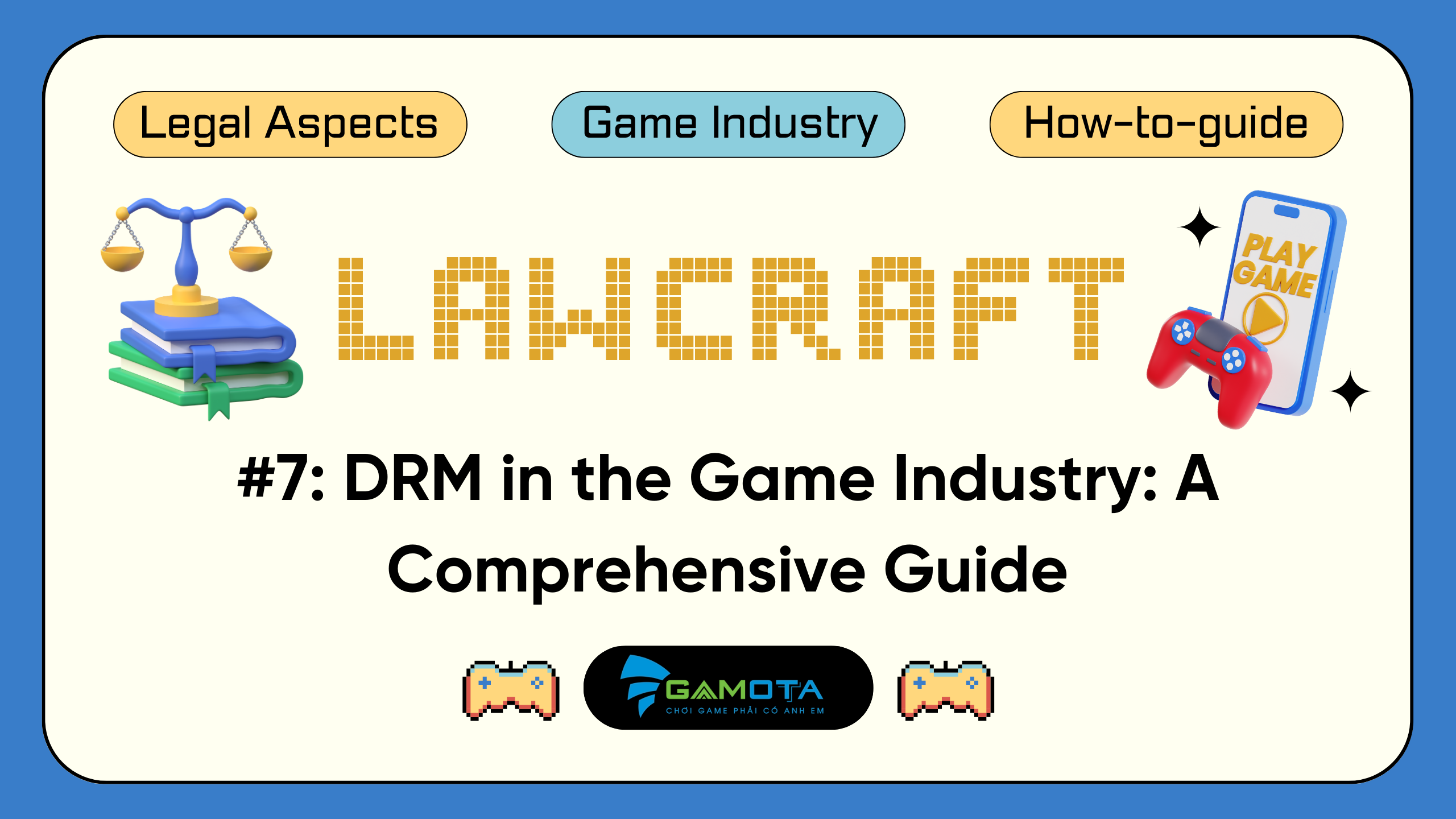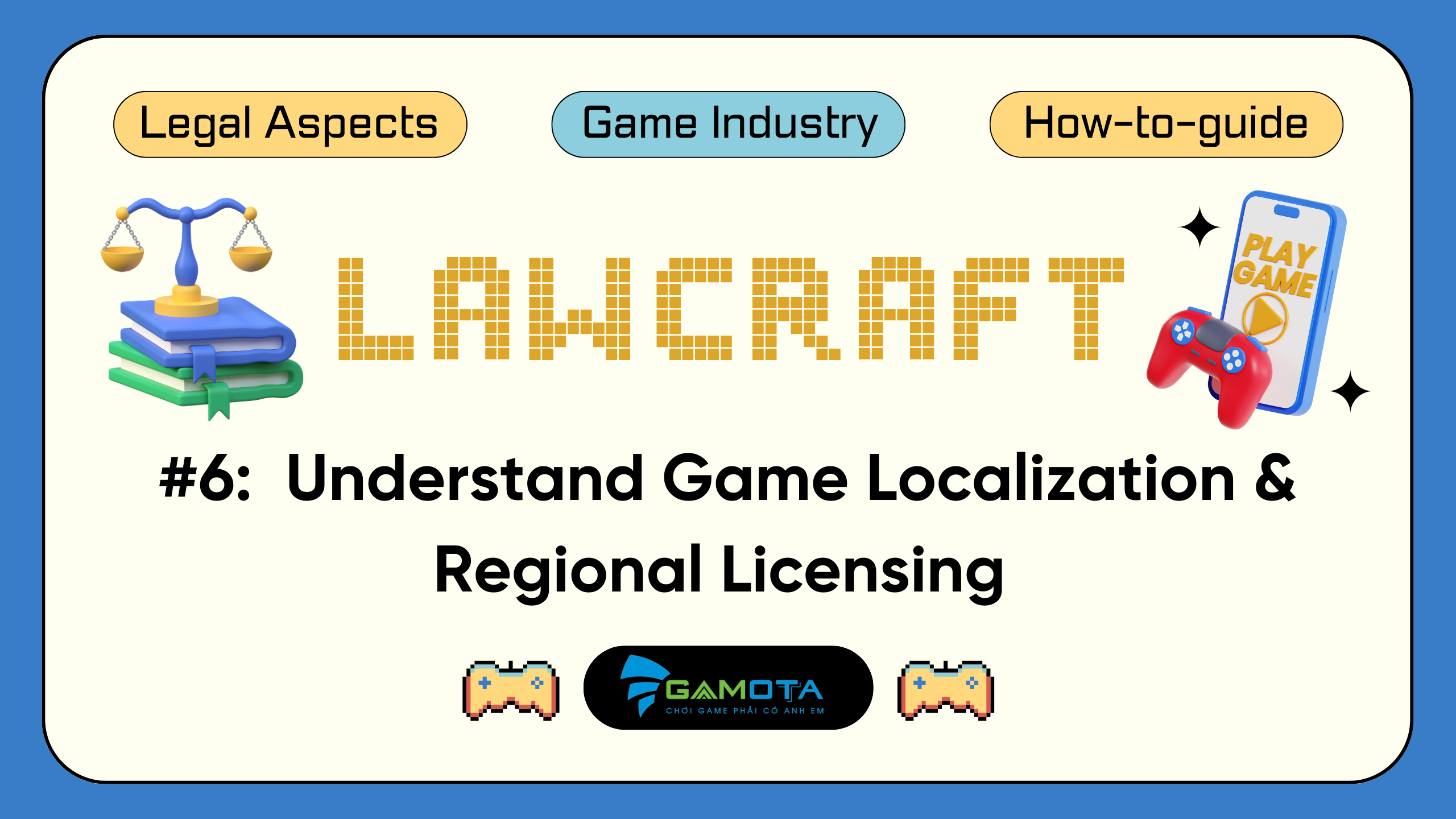Gabros Studio, the in-house development division of Gamota, has harnessed the power of artificial intelligence (AI) to revolutionize its workflow. By leveraging AI technologies, Gabros is streamlining the game development process, including game design, improving user experiences, and cutting down development time significantly. The studio’s focus on casual and hyper-casual games utilizes the power of AI, allowing for faster prototyping, improved creative processes, and enhanced gameplay experiences for players.
AI-Powered Game Design and Prototyping
Gabros Studio has made significant strides in integrating AI into the game development process, particularly through AI prompting tools. These tools help to enhance creativity, speed up brainstorming sessions, and reduce time spent on generating prototypes. One of Gabros’ key focuses is using AI to improve the development of casual and hyper-casual games, a market segment known for its rapid release cycles.
In the early stages of game design, Gabros uses AI to assist in creating prototypes, cutting the time needed for conceptualization by 30%. AI-generated ideas and prototypes enable developers to quickly iterate on designs, freeing up creative energy to focus on refining game mechanics and aesthetics. By utilizing AI models, Gabros can bring fresh concepts to life more efficiently, ensuring their games remain competitive in a crowded market.
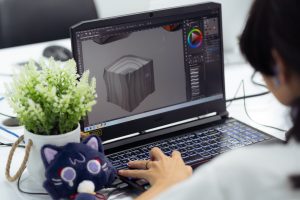
AI also plays a critical role in refining the game’s visual assets. Gabros has experimented with AI-driven tools to help with character design, background creation, and environmental details. This allows their creative team to speed up art development without sacrificing quality, producing dynamic, visually appealing game elements with greater ease.
Reducing Development Time with AI
Time-consuming tasks like creating game prototypes and building out storylines have traditionally required extensive developer hours. Gabros has embraced AI-powered solutions to minimize these bottlenecks. For instance, AI is applied in crafting game narratives, character arcs, and even game mechanics, helping the studio get from idea to prototype faster than ever.
AI-generated suggestions provide developers with a variety of options, allowing the Gabros team to focus on polishing the gameplay experience instead of spending weeks in the conceptual phase. The application of generative AI models allows for quicker turnarounds in game development, reducing the time it takes to create playable versions of new game ideas.
Optimizing Gameplay Experiences
At Gabros, AI is not just about the back-end development; it also significantly enhances player-facing elements. One standout example is how Gabros uses AI to analyze player behavior in real time and adjust the game to provide a more customized experience. AI-driven analytics help developers better understand player preferences, from how they interact with the game to which challenges they face most often.
This allows Gabros to create more engaging games by dynamically adjusting difficulty levels and offering personalized gameplay recommendations. AI-driven reward systems and in-game monetization strategies also help improve player satisfaction and increase retention, making sure players stay engaged with Gabros’ hyper-casual and casual titles.
AI Integration in Game Development Tools
The integration of AI into the game development process at Gabros is supported by AI models, such as those used in the internal Gabros Studio team for tasks like idea generation, prototyping, and playtesting. The AI-driven models help automate repetitive tasks, reducing the workload for developers while improving the overall quality of the games produced.
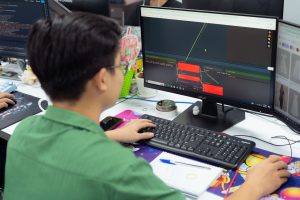
Gabros has further enhanced its game development pipeline by applying AI-generated art and graphics tools, helping to design characters, environments, and other assets more efficiently. By using AI prompting models, Gabros can create detailed game prototypes faster, improving iteration speed and reducing overall production timelines.
Case study: Cat Block Puzzle
In Cat Block Puzzle, the integration of AI started at the concept stage. Gabros used AI to prototype various gameplay mechanics, speeding up the development process. The AI analyzed thousands of player interactions from similar puzzle games to suggest optimal puzzle difficulty curves and level progression. As a result, the game’s early levels are simple and fun to help new players adapt, while later levels become progressively more complex, maintaining long-term engagement.
By integrating AI into every stage of game production, Gabros Studio has optimized both efficiency and creativity. AI has enabled Gabros to cut development time by 30%, experiment with innovative game concepts, and deliver better gaming experiences to players.


